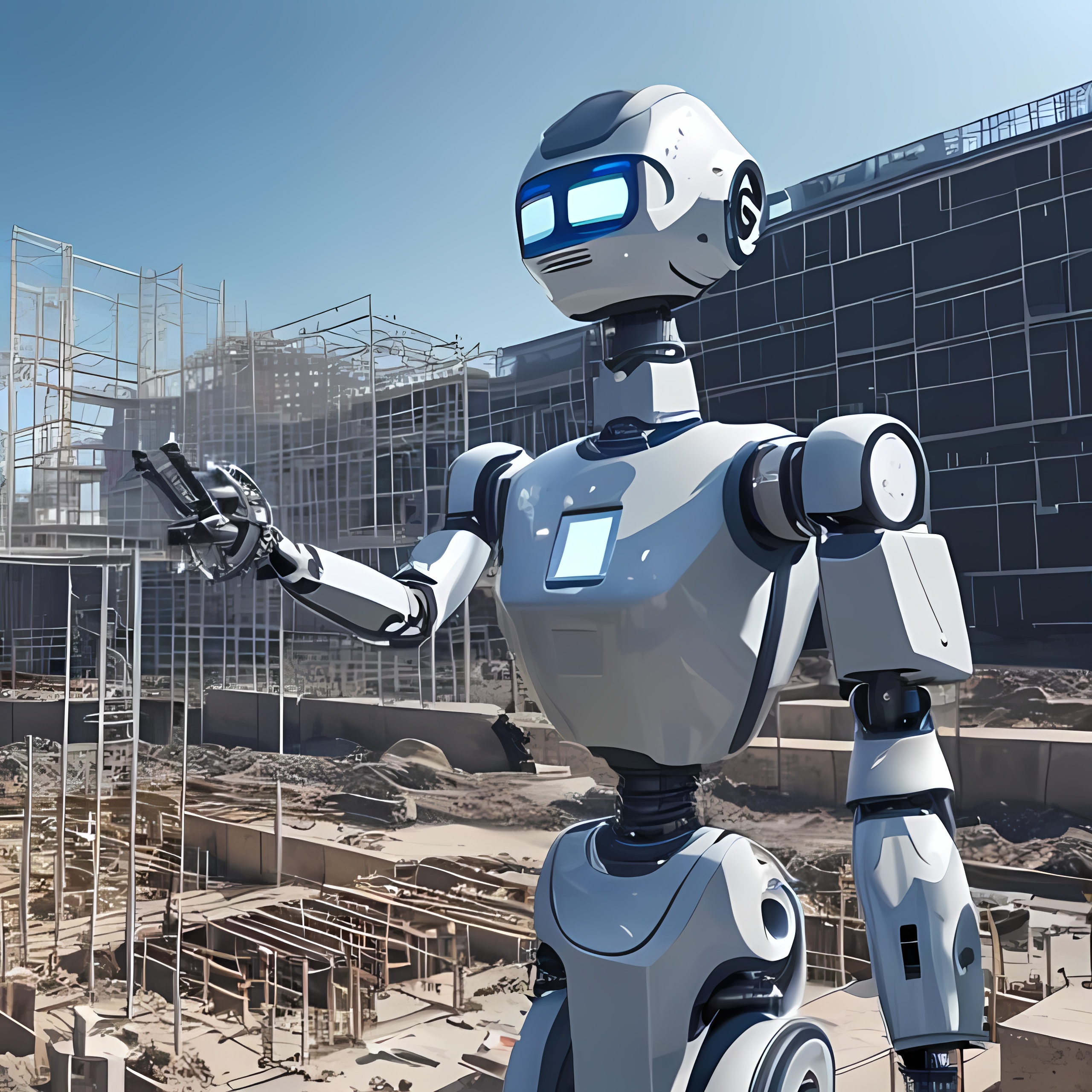Digital Production
digital.production refers to the process of creating digital content and products using digital tools and technologies. Unlike traditional production methods that use physical means and manual techniques, digital production uses computers, software, and other electronic devices to create, edit, and distribute content. Here are some uses and examples of digital.production:
-
Film and video: Modern films and videos are often shot digitally and then edited using computer programs. Special effects, animation and post-production work are also created digitally.
-
Music: Digital audio workstations (DAWs) allow music to be recorded, edited and mixed in a digital format.
-
Animation and Visual Effects (VFX): Animations, from simple cartoons to complex CGI scenes in movies, are produced using digital tools.
-
Web and App Development: websites and mobile applications are created, tested, and published digitally.
-
Digital art and graphic design: artists and designers use graphics tablets and software to create artwork, designs, logos, and other visual content.
-
Video games: Video games are developed in a digital environment, from concept to design to programming.
-
3D modeling and printing: 3D models can be created with software and then physically produced using 3D printers.
-
E-books and digital publications: Content is created digitally, formatted, and then distributed via platforms and e-readers.
Digital.production has revolutionized the way content is produced and consumed. It enables faster production, greater flexibility to make changes, and often cost efficiencies compared to traditional production methods.
digital.production (digital production) in the fields of architecture, civil engineering, and construction refers to the use of digital technologies and tools to facilitate and optimize the construction and operation processes of structures. Below are some key aspects and applications of digital production in these fields:
-
Building Information Modeling (BIM): this advanced modeling tool makes it possible to create a digital model of a building that includes all of its physical and functional characteristics. BIM improves collaboration, facilitates planning, reduces errors and enables more efficient execution of construction projects.
-
Digital fabrication: Building elements designed using computer programs can be sent directly to machines such as CNC mills or 3D printers, which then physically produce these elements.
-
Automated construction sites: The use of robots and automated machines on construction sites can make certain construction tasks more efficient and precise. Drones can be used to inspect and monitor construction sites. They provide aerial images that can be used to track progress, conduct inspections and identify potential problems.
-
Digital twins: These are digital representations of real structures that can capture and analyze data in real time to monitor the condition and performance of the building over time.
-
Intelligent sensor systems: Sensors used in construction can collect data on environmental conditions, material conditions, stresses and more. This data can be analyzed to ensure that a building is operating safely and efficiently.
-
Cloud-based project management: Digital tools enable the management of construction projects in real time, with all stakeholders able to access all necessary information via cloud platforms.
Overall, digital.production in architecture, civil engineering and construction has revolutionized not only the design and construction processes, but also the way structures are managed and maintained throughout their lifecycle.

Title: Robot on Site (generated with OpenArt 2023)